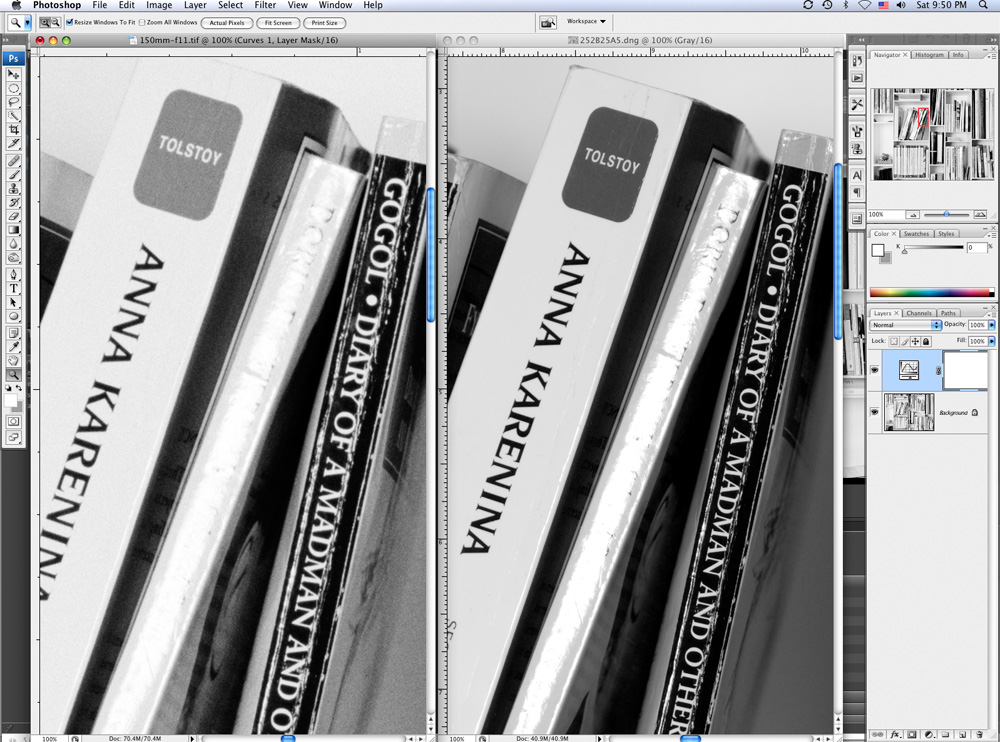Dolce Moda
New member
Hey all
Welp! My Hasselblad H2 has finally arrived.
I was going to get a P21+ for it but, my budget at the moment won't allow for it.
Is there an affordable film scanner (sub $1K) that will give me equivalent image results? I know that drum scans are best but they are so expensive.
Please and thank you! :salute:
Welp! My Hasselblad H2 has finally arrived.
I was going to get a P21+ for it but, my budget at the moment won't allow for it.
Is there an affordable film scanner (sub $1K) that will give me equivalent image results? I know that drum scans are best but they are so expensive.
Please and thank you! :salute:

